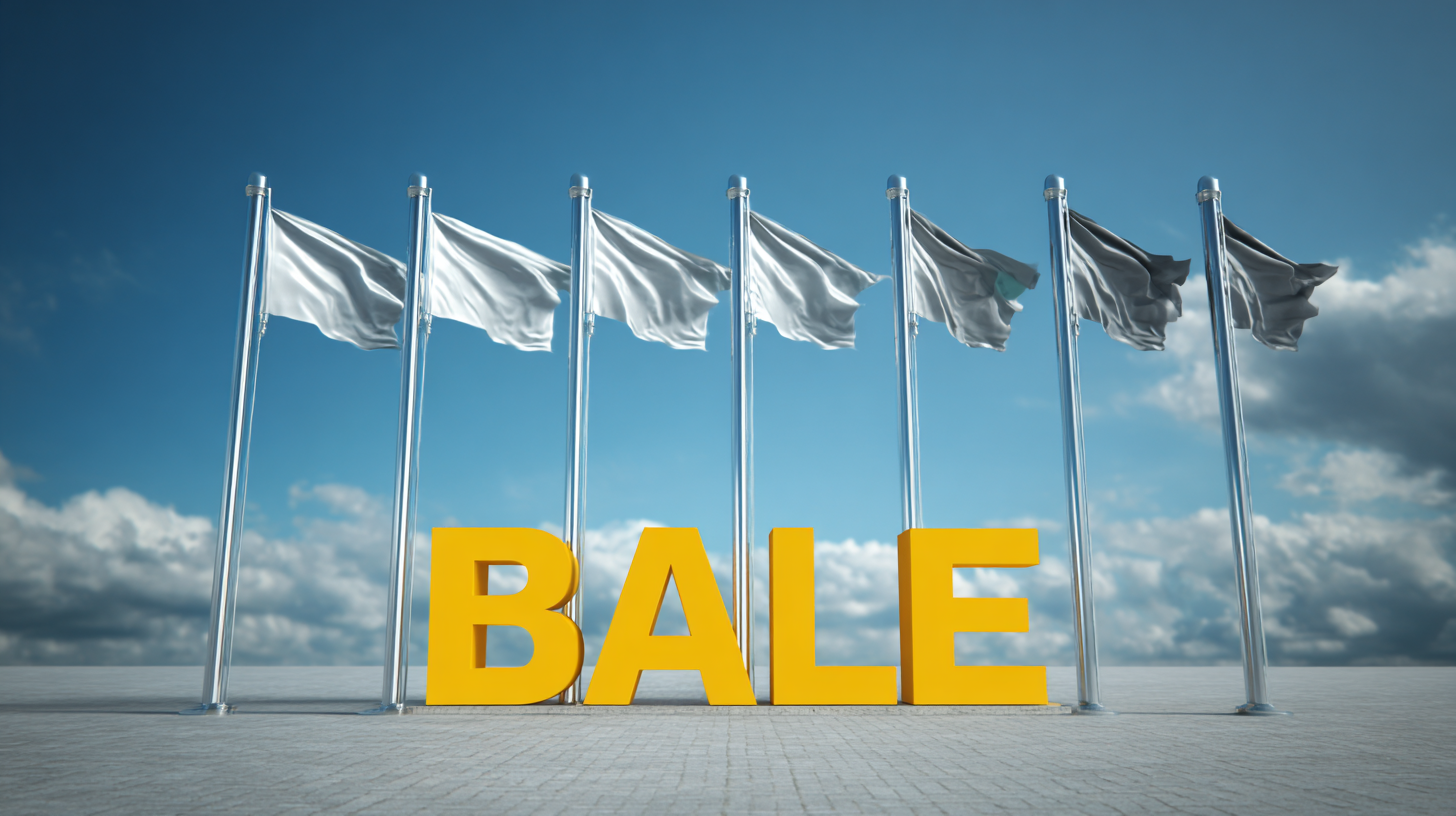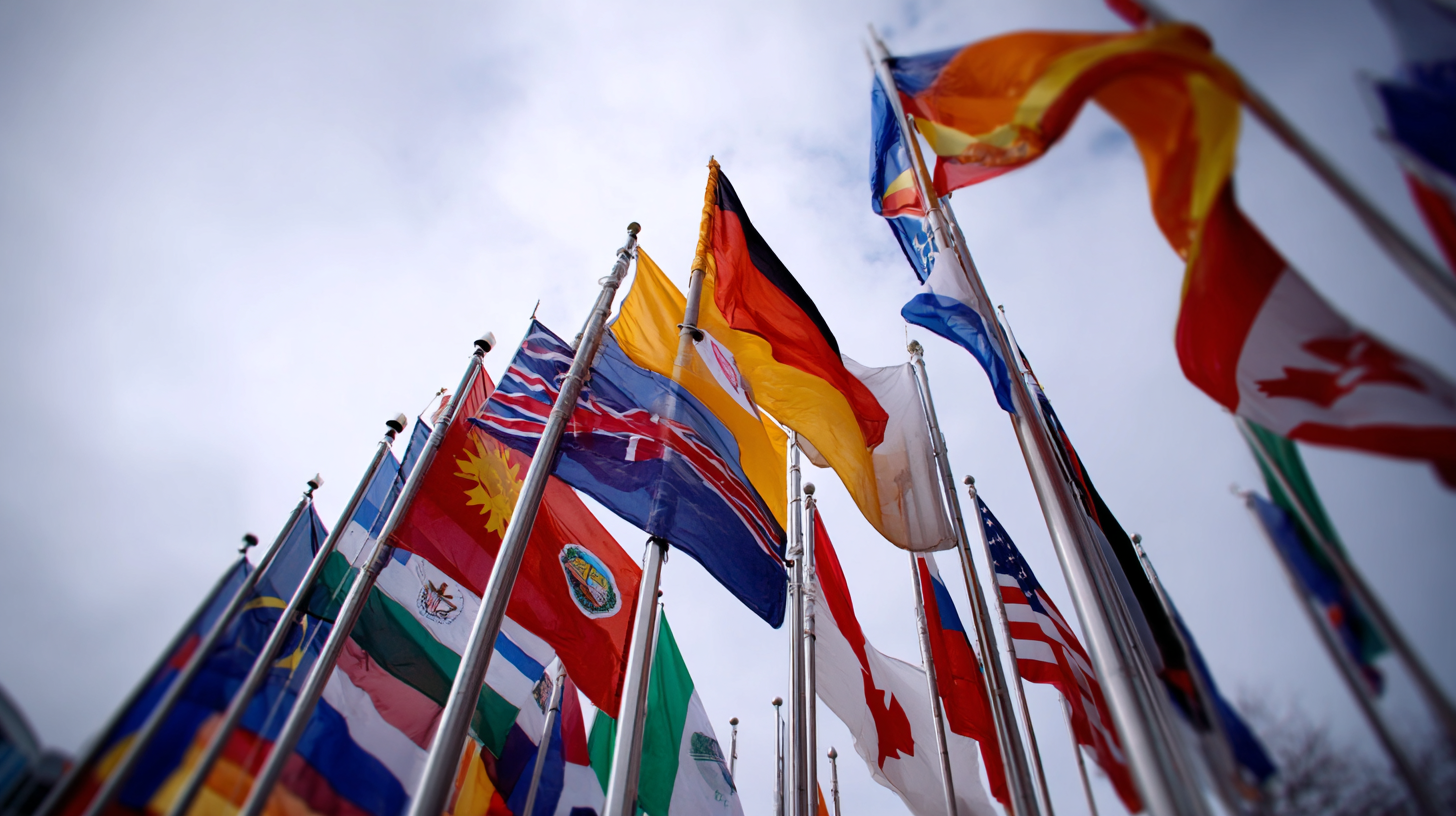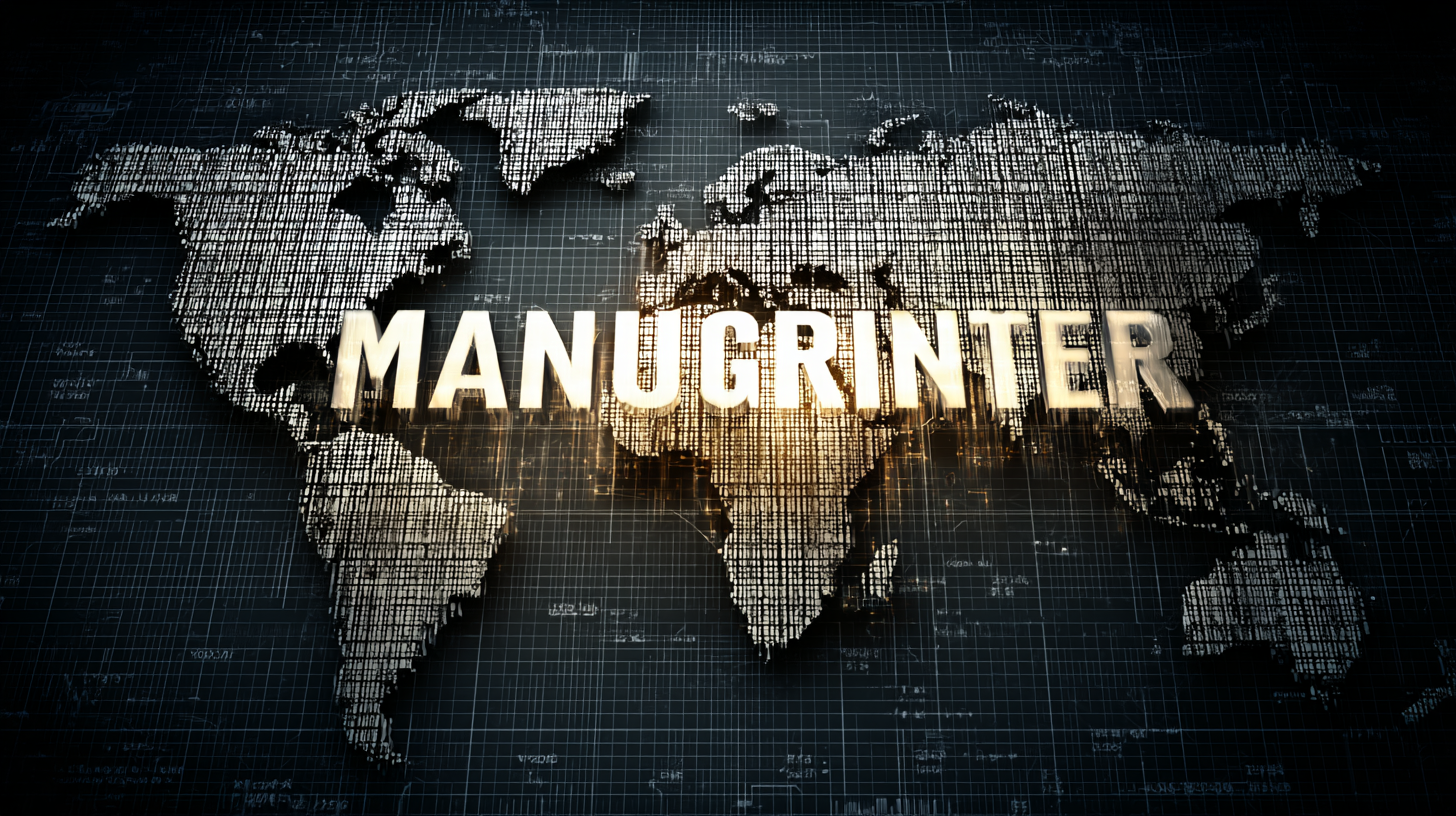Choosing the Right Manufacturer for Best Flag Poles A Comprehensive Comparison Guide for Global Buyers
In an increasingly globalized market, selecting the right manufacturer for flag poles is crucial for ensuring quality, durability, and aesthetic appeal. According to a recent industry report by IBISWorld, the flag and flagpole manufacturing industry has seen significant growth, with annual revenue reaching approximately $500 million in the United States alone. As businesses and organizations recognize the importance of effective branding and visibility, the demand for premium flag poles is surging. This guide aims to provide global buyers with a comprehensive comparison of various manufacturers, considering factors such as material quality, customizability, and customer service. By understanding these elements, buyers can make informed decisions that not only enhance their visibility but also ensure a worthwhile investment in flag poles that represent their values and identity.

Choosing the Right Flag Pole Material: A Comparison of Aluminum, Fiberglass, and Steel Durability
When selecting the best flag poles, one of the most critical decisions revolves around the material of the pole. Aluminum, fiberglass, and steel are the three most popular options, each boasting unique characteristics that cater to different needs. Aluminum, for instance, is lightweight and resistant to rust, making it an excellent choice for those seeking durability with minimal maintenance. Its versatility allows it to blend seamlessly into various environments, from residential properties to commercial spaces.
On the other hand, fiberglass poles present a higher resistance to harsh weather conditions and UV exposure. They are non-conductive, which adds an extra layer of safety, especially in storm-prone areas. This makes fiberglass an attractive option for buyers looking to invest in a pole that will stand the test of time without compromising safety. Finally, steel flag poles offer strength and stability, ideal for showcasing large flags in windy conditions. However, they require more maintenance to prevent rust and corrosion in damp climates. Understanding these material distinctions is vital for global buyers aiming to make an informed choice that aligns with their specific needs and environmental conditions.
Understanding Global Flag Pole Standards: Compliance and Regulations Across Different Countries
When selecting flag poles, understanding global standards and compliance regulations is crucial for international buyers. Different countries have unique specifications regarding materials, manufacturing processes, and safety requirements. For instance, the American National Standards Institute (ANSI) and the International Organization for Standardization (ISO) have established guidelines that manufacturers must adhere to in the United States and many parts of the world. According to the 2021 Global Flag Pole Market Report, adhering to these standards not only ensures the safety and durability of flag poles but also enhances the brand’s reputation among consumers.
In Europe, the European Norm (EN) sets forth strict criteria for flag pole construction and performance, especially concerning wind resistance. Reports indicate that flag poles must withstand wind speeds of up to 120 km/h in certain regions, highlighting the importance of compliance for both function and longevity. Furthermore, the environmental impact is also a consideration as manufacturers are increasingly focusing on sustainable materials in line with the European Union's Eco-Design Directive. By understanding these varied regulations and standards, global buyers can make informed decisions that ensure their flag poles comply with local laws while meeting quality expectations.
Choosing the Right Manufacturer for Best Flag Poles
| Country | Flag Pole Standards | Compliance Regulations | Material Options | Typical Height (ft) | Weight Capacity (lbs) |
|---|---|---|---|---|---|
| USA | ANSI/NAAMM Standards | Local Building Codes | Aluminum, Fiberglass | 20 - 80 | 50 - 500 |
| Canada | CSA Standards | Provincial Regulations | Steel, Vinyl | 15 - 70 | 40 - 480 |
| UK | British Standards (BS) | Local Authority Regulations | Aluminum, Steel | 10 - 60 | 30 - 300 |
| Australia | Australian Standards (AS) | State Regulations | Fiberglass, Aluminum | 12 - 75 | 20 - 450 |
| Germany | DIN Standards | Local Building Codes | Steel, Aluminum | 15 - 100 | 50 - 600 |
Evaluating Manufacturer Certifications: Why ISO and Other Standards Matter in Flag Pole Production
When selecting a manufacturer for flag poles, understanding the significance of certifications is crucial. ISO certifications, such as ISO 9001, indicate a company's commitment to quality management systems that ensure consistent production and enhanced customer satisfaction. These standards not only reflect a manufacturer’s reliability but also provide global buyers with a level of assurance that the products meet international quality benchmarks. Furthermore, adherence to safety and environmental standards, such as ISO 14001, showcases a manufacturer's dedication to sustainable practices, which can be an essential consideration for environmentally conscious buyers.
In addition to ISO certifications, other industry-specific standards play a vital role in assessing a flag pole manufacturer's credibility. Certifications like ASTM (American Society for Testing and Materials) signify that the products undergo rigorous testing for durability and performance. Buyers should also seek manufacturers that follow the guidelines set by organizations such as the ANSI (American National Standards Institute). By opting for manufacturers with these certifications, customers can feel confident that they are investing in high-quality flag poles that not only meet aesthetic demands but are also built to withstand environmental stresses. This comprehensive evaluation of certifications ultimately leads to better purchasing decisions and long-lasting satisfaction.
Cost vs. Quality: Analyzing Pricing Trends in the Flag Pole Manufacturing Industry Worldwide
When considering the purchase of flag poles, buyers often grapple with the balance between cost and quality. In the flag pole manufacturing industry, prices can vary significantly based on materials, design, and manufacturing processes. In many regions, cheaper flag poles may be tempting, but they often compromise on durability and longevity. Understanding the pricing trends is crucial for global buyers who want to make informed decisions that don’t just save money upfront but also provide long-term value.

The quality of a flag pole is primarily determined by the materials used and the craftsmanship involved in its production. For instance, aluminum and fiberglass poles, though initially more expensive, offer greater resistance to environmental elements, thereby reducing the frequency of replacement. Conversely, lower-cost options made from inferior materials may lead to frequent repairs or replacements, ultimately costing more over time. Buyers should assess their specific needs and consider the total cost of ownership rather than just the initial purchase price. By analyzing these factors, buyers can choose a manufacturer that aligns with both their budget and quality expectations.
Supply Chain Insights: How China's Flag Pole Manufacturing Leads to Efficiency and Global Reach
When selecting the right manufacturer for flag poles, understanding the
supply chain dynamics
is crucial, especially considering China's leadership in this sector.
China's flag pole manufacturing is characterized by high efficiency and global reach,
as the country produces around 70% of the
world's flag poles, enabling it to cater to diverse international markets.
According to industry reports, investments in technology and streamlined operations
have led to a reduction in production costs by about 15%,
enhancing competitiveness on a global scale.
Moreover, the impact of efficient supply chain management extends beyond just
production capabilities. Similar to the seafood trade dynamics observed in the
hake market, where supply chain resilience is essential for food security,
flag pole manufacturers benefit from robust logistics and distribution networks.
With an increasing emphasis on sustainability and fast delivery, manufacturers in
China have adopted eco-friendly practices and just-in-time inventory systems,
translating into shorter lead times and reduced waste. This strategic approach ensures
that buyers worldwide can access high-quality flag poles promptly, supporting their
businesses’ operational needs effectively.

